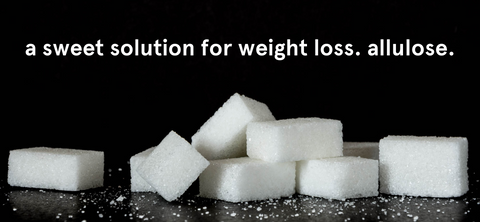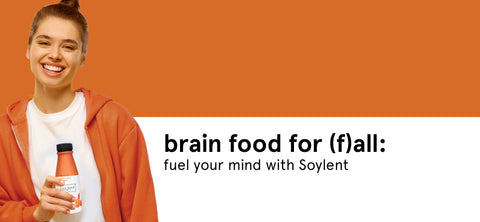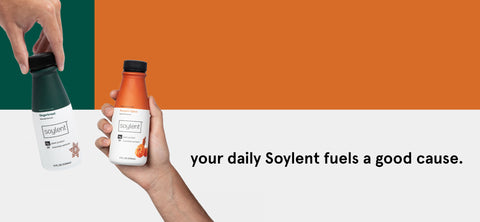
We believe soy to be the best plant based protein because it is complete and sustainable. However, it is undeniable that soy protein tastes “beanie” which is something you probably would not want in your protein drink [1]. Out of all of the plant proteins, it is the most neutral tasting, but it still brings some baggage. Soylent also contains all of the essential vitamins and minerals which is good news nutritionally but vitamins and minerals can be very bitter as well. This along with soy aftertaste created challenges that we needed to overcome to make the most delicious plant based complete nutrition shake.
Given that the meal replacement and protein shake category was built on products formulated with milk proteins and sugar, there is an expectation that our drink should taste like sweet chocolate milk. This deep seeded expectation makes it challenging for some folks to enjoy plant-based protein drinks because they don't usually taste like chocolate milk.
However, the product team at Soylent is always up for a challenge. When tasked with improving the flavor profile of our products, we put everything on the table; we wanted the best flavors while maintaining the complete nutrition profiles you know and love. So we utilized the latest in plant protein, explored new flavor technologies and we experimented with the most cutting edge sweeteners available.
Flavor technologies remove undesirable aftertaste!
We use science-based, lab tested flavor technology in our products to offset the undesirable aftertaste caused by some ingredients, such as the bitterness of plant proteins [2]. The bitterness common in plant based protein is perceived when bitter compounds reach our taste receptors. Flavor technology solutions exist to prevent these bitter molecules from coming into contact with our taste receptors and in turn prevent us from experiencing bitter taste [3].
Over the last few years, the increase in demand for plant based products has driven innovation in tools specifically designed to cover the undesirable aftertaste of plant proteins and we leveraged these innovative flavor tech solutions to deliver best in class flavor profiles in our optimized drinks formulas.

Perfecting the Flavor Profile with Consumers
To find the perfect sweetening system, we tested dozens of prototypes made with natural and artificial sweeteners and sweetener blends. Allulose, a carbohydrate that causes no glycemic response and provides a similar sweetness profile as sugar was chosen as a key element to both our sweetness profile and our carbohydrate blend.
To determine which formulas we should choose, we worked with our incredible Soylenteers. We conducted four consumer tests at several sites across the country with hundreds of Soylent users to test a variety of different prototypes made with combinations of natural and artificial sweeteners and different types of carbohydrates.
We wanted to make this new RTD perfect and we took every tester’s comments and feedback seriously. If there was not a consensus among consumers, we went back to the drawing board and reformulated it from the ground up. We repeated the cycle of formulating, trial and test until we were satisfied. The taste improvement of our Soylent drinks took us more than a year to complete.
Ultimately, Soylenteers who participated in the tests voted for the natural flavor and sweetener formulas we recently launched. These new formulas even outperformed the market leading dairy based meal replacement shake which was used as the standard benchmark in our consumer tests.
We finally created a product that not only resembles a whey protein drink, but also tastes like one.
Try them for yourself! Shop now!

Pictured above: Soylenteers taste testing in action.
Written mid-quarantine by Brandon Yong- Associate Food Scientist
References
[1] Lock, S. (2007), Flavor characteristics of soy products modified by proteases and alpha-galactosidase, Retrospective Theses and Dissertations, 14899. https://lin.dr.iastate.edu/rtd/14899
[2] Mittelheuser, J. (2018), Masking & Blocking: A Tale of Two Technologies, FONA International. https://www.fona.com/masking-blocking-a-tale-of-two-technologies/
[3] Coupland, J. & Hayes, J. (2016). Physical Approaches to Masking Bitter Taste: Lessons from Food and Pharmaceuticals. Pharm Res. 2014 Nov; 31(11): 2921-2939, doi: 10.1007/s11095-014-1480-6







